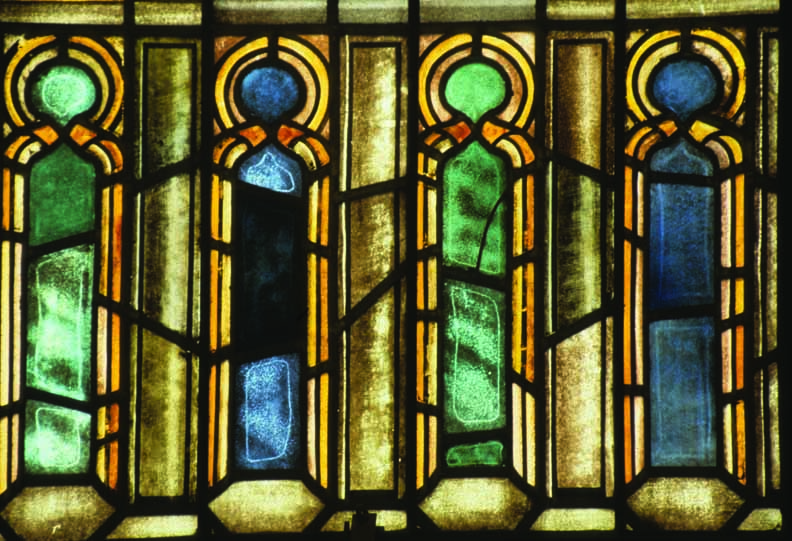“It’s one of those topics that I find very hard to boil down into short, concise pieces,” said Carl Stein of his new book, “Greening Modernism,” from W. W. Norton Company.
And for good reason. It’s a complex subject, but tackled head-on by an architect who’s worked on projects ranging from a one-million-square-foot building in Shanghai, to the the restoration of Shepard Hall at City College of New York, to the AIA-award-winning South Jamaica Branch Library there.
Actually, at the beginning of each of the book’s chapters, the author has successfully boiled down its contents to a single paragraph, enabling the reader to succinctly grasp its subject and choose to read more or move on. Its organization reflects his overarching theme of using finite resources wisely. “The experience of reading it shows how a book can convey its message,” he said, noting that one way to read the book is to look only at those short introductions, and then go back for more.
And though he cites multiple examples from ancient and recent history, as well as contemporary solutions too, he also suggested in a recent interview two ways to grasp its theme.
One involves the nature of the enjoyment of wine. Compare the experience of drinking a large amount of cheap wine in an unpleasant, cramped site, with that of a single glass of excellent wine, shared with someone you care about, on a hillside overlooking a sunset.
“It’s a richer experience,” he said. “There are times when too much architecture gets in the way of what it’s meant to do, which is to enhance human activity in a place. Architecture doesn’t have to be overwhelming or require excess, which is resource consumption.”
Then there’s the author’s recent visit to Mies van der Rohe’s Barcelona Pavilion. He’d studied it for years, but had never seen it. “I thought I knew it, but what blew me away was the incredible complexity of light and reflection in the building, for multiple experiences at once,” he said. “There were few materials – glass, stone and polished chrome – that were used carefully for a visually rich experience that changes as the day changes and as the visitor moves around. If there’d been more stuff, it would have tended to mask these ephemeral and engaging experiences – and might have obliterated them.”
In essence, he argues, more stuff is rarely better, though our culture insists on placing an emphasis on just the opposite. “More stuff interferes with the enjoyment of life,” he said. “Most people acknowledge that family relationships are important, that connecting with nature and connecting with culture is too.”
His new book is a treatise on how less can bring more to these relationships.
“What architecture is about primarily is addressing the built environment in ways to make life better, and a strong argument can be made for doing things very well with less extraneous materials,” he said. “It’s a method of having a more appealing and satisfactory life.”
“Greening Modernism” is available this month.
For more information, go here.
[slideshow id=244]


